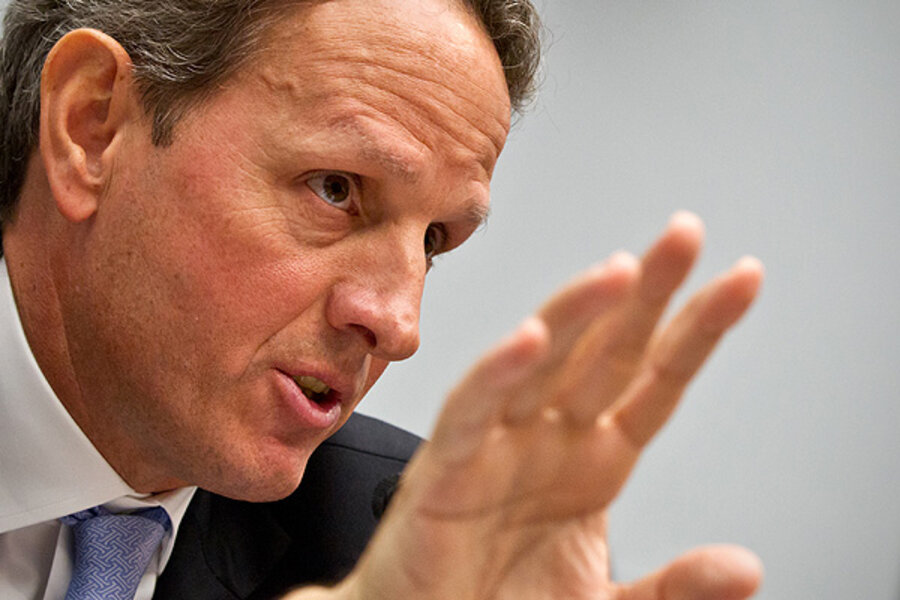Why the Wall Street bailout was a failure
Loading...
Timothy Geithner’s new book about the financial crisis, “Stress Test,” is basically an argument that the Wall Street bailout succeeded. That’s hardly surprising, given that Geithner was in charge of the bailout when Treasury Secretary (as was his predecessor at Treasury, Hank Paulson), and so has an inherit interest in telling the public it succeeded.
Even so, the bailout clearly did succeed, if success means avoiding another Great Depression.
But another Great Depression might have been avoided if the crisis had been handled differently — for example, by allowing the bankruptcy laws to do what they were intended to do, and forcing the big Wall Street banks to reorganize under them.
In fact, the bailout was a colossal failure in several respects Geithner barely mentions in his book, or avoids completely:
(1) The biggest Wall Street banks are now bigger than ever, and no sane person on or off the Street now believes Washington will ever allow them to fail – which means they’ll continue to make big, risky bets because they know they can’t fail. And they’ll get even bigger because big depositors and lenders know they’ll never fail and therefore demand lower interest rates than demanded from smaller banks.
(2) No Wall Street executives have ever been prosecuted for what they did to the country, which means even more rampant irresponsibility in executive suites as well as even deeper cynicism in the public about the political power of Wall Street.
(3) The bailout helped the banks but did little or nothing for the tens of millions of Americans who lost billions of dollars in home equity and savings, and the millions more who lost their jobs. The toll was greatest on the poor and the middle class, who still haven’t recovered their losses, even though Wall Street has fully recovered (and then some). Nor have reforms been enacted that will help the middle class and the poor the next time Wall Street implodes.
So pardon me if I take issue with Tim Geithner. The bailout was a success in the narrowest terms. Seen more broadly it was a terrible failure.
We’d have done better had we forced the biggest Wall Street banks, including the giant insurer AIG, to reorganize under bankruptcy rather than bail them out.








